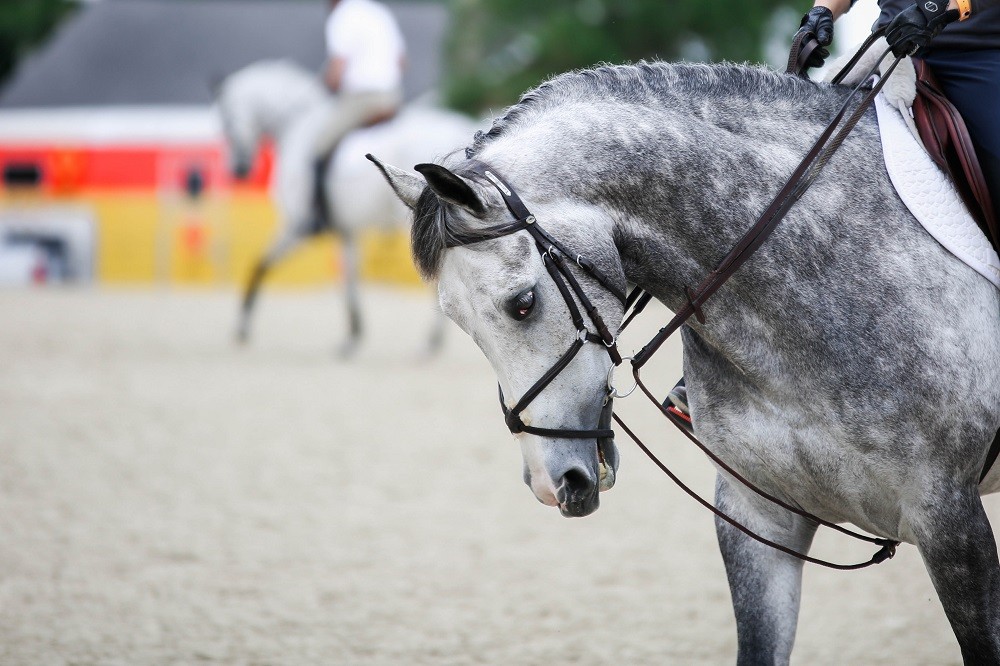Training Explained: Let's Talk Draw Reins

Discussing draw reins can cause a fire-fight.
They’re spoken about in hush-hush tones to avoid arguments and judgement. They’re taboo in the hunter jumper world, hated in the dressage ring, even prohibited at events.
The root of the debate comes down to this: are they cruel and unnecessary? Or are draw reins a training tool that can help overcome sticky situations?
Draw reins work with resistance. If you use them too tight, you restrict the horse’s head from doing much. There’s no escape from contact, so it’s a forceful tool. If they’re too tight, draw reins teach a horse to drop behind the bit instead of working long and low.
It’s easy to misuse a tool when you don’t understand other options to get from A to B. If you’re struggling with consistent contact, you can try a new bit first. But before we move forward, here’s a piece of wisdom: there is no problem more leg can’t solve. Going forward is your number one goal. After you’ve got that down, consistent contact with your horse’s mouth is goal number two.
There are solutions to consider before trying out a training gadget (thanks for the phrase, Jim Wofford) like draw reins. However, if you’re working to overcome some bad training, draw reins might be part of the recipe for your success.
With that in mind, here are some situations that might warrant the use of draw reins — of course, after you get the green light from your trainer!
Draw reins encourage horses to accept half halts, especially if they don’t respect the bit. They’re helpful in reminding horses to accept contact without grabbing the bit. They’re a useful reminder for the horse to accept contact without leaning hard on the bit. You’ll get relief from that shoulder pain and blisters on your hands. Draw reins are an extra layer of control on horses who are prone to a playful frolic.
Sometimes, even professionals have used them in awards ceremonies or victory gallops — McLain Ward is one of those pros!
You’ll hear the phrase, “Use them when you know how to use them properly,” applied to draw reins. That’s pretty obvious, right? But, you can apply that statement to anything.
When you’re using “gadgets” in your training, you need to know how it works, why they work, and what you can use them for. It’s also important to recognize they’re tools, not permanent fixes.
“Riding in draw reins once or twice in a small timeframe is enough to give your horse the right idea.”
To use draw reins, it’s critical you can meet more than one of the points on this scale. You’ve got gentle, quiet hands that won’t apply too much resistance. You’ve got an independent seat. And, you know draw reins can help your training, or ruin it.
If you understand the concept of resistance, it’s more likely you won’t use them wrong. Here are two quick “don’ts” of using draw reins because of resistance. 1) Don’t ever pull back. 2) Don’t use both reins at the same time. That way, you offer the horse encouragement to move long and low.
A smart rider knows the difference between a crutch and a training tool. They know when to seek advice for a situation they don’t quite understand. They know good training trumps equipment, but that there is a time and place for training tools.


